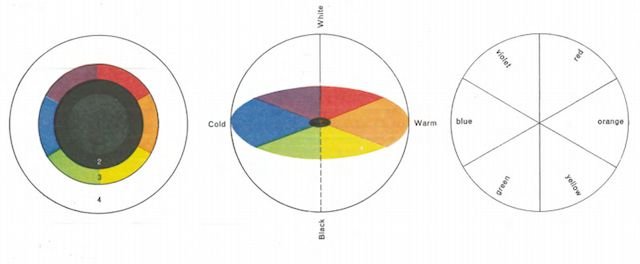Paul Klee’s notebooks reveal a new understanding
Examine almost 3,900 pages via Monoskop and Zentrum Paul Klee
Ad Parnassum (1932)
The Paul Klee Centre in Bern has made available almost all 3,900 pages of Paul Klee’s personal notebooks, used as the basis for his Bauhaus teaching between 1921 and 1931.
Klee’s artistic life spanned the 19th and 20th centuries, and his notebooks include detailed theories on mechanics of art, the use of colour, and the principles of design.
The notebooks were famously praised by the critic Herbert Read, calling the collection ‘the most complete presentation of the principles of design ever made by a modern artist.’
From the notebooks of Paul Klee
Read continued: ‘It constitutes the Principia Aesthetica of a new era of art, in which Klee occupies a position comparable to Newton's in the realm of physics.’
Klee was in turn influenced by movements including expressionism, cubism and surrealism, all of which informed his deep exploration of color theory.
Around the web:
The notebooks of Paul Klee can be found via Monoskop and The Paul Klee Centre.

